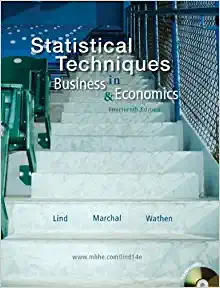
1 of 5 er 2021 - Sections 03, 05, and 06) Multiple Choice Questions: (5 points each) 1. The arguments made by John Maynard Keynes suggest that during an economic downturn, the government should A. run a budgetary surplus, so that we do not accumulate a tremendous amount of debt that will ultimately burden future generations. B deploy the military in order to conquer and colonize other countries with valuable natural resource deposits (e.g., African countries with large diamond reserves). C. run a budgetary deficit, in order to stimulate the economy by replacing missing private spending with government spending. D increase tariffs and trade restrictions, to essentially force households to purchase domestic goods. 2. Suppose that in "Country X" during 2019, the aggregate level of output was @=(8.5 billion units), the overall price level was P=($2.2), and the money supply was M=($5.6 billion). It follows that the velocity of money in "Country X" during 2019 was approximately V=_ A. 1.45 B. 3.34 C. 3.82 D. 13.10 3. The Coefficient provides a measure of the degree of progressivity of a tax, defined as the ratio of the area between the Lorenz Curve and the Tax Concentration Curve to the entire area below the Lorenz Curve. A Pechman-Okner B. Gini C. Stroup D. Nozick Which of the following is NOT one of the three primary policy tools used by the Federal Reserve to alter the money supply in the U.S.? A. Setting the discount rate (i.e., the interest rate that the central bank charges other banks on short-term loans). B. Setting reserve requirements (i.e., setting the minimum restriction on the amount of money that a bank must keep on hand at any point in time, in the form of either cash in its vault or deposits with the central bank). C. Issuing stimulus checks, so that households have more money to spend. D. Conducting open market operations (e.g., the buying/selling of U.S. Treasury debt securities to/from the public). For Question 5, consider three different sets of "institutions" that a society could implement which result in different levels of wellbeing/happiness for its members. Some of the resulting characteristics of levels of wellbeing/happiness under these three alternatives are: Maximum Wellbeing Minimum Wellbeing Average Wellbeing Institutions Alpha 815,000 50,500 410,500 Institutions Beta 778.400 160,900 325,000 Institutions Gamma 757,500 180,000 360,200 Institutions Delta 695,750 110,450 285,000 5. Based upon the observations above, it would seem that someone adhering to a Utilitarian Justice philosophy would most likely prefer_ while someone adhering to a Rawlsian Justice philosophy would most likely prefer A. Institutions Alpha; Institutions Gamma. B. Institutions Alpha; Institutions Delta. C. Institutions Beta; Institutions Delta. D. Institutions Gamma; Institutions Alpha








